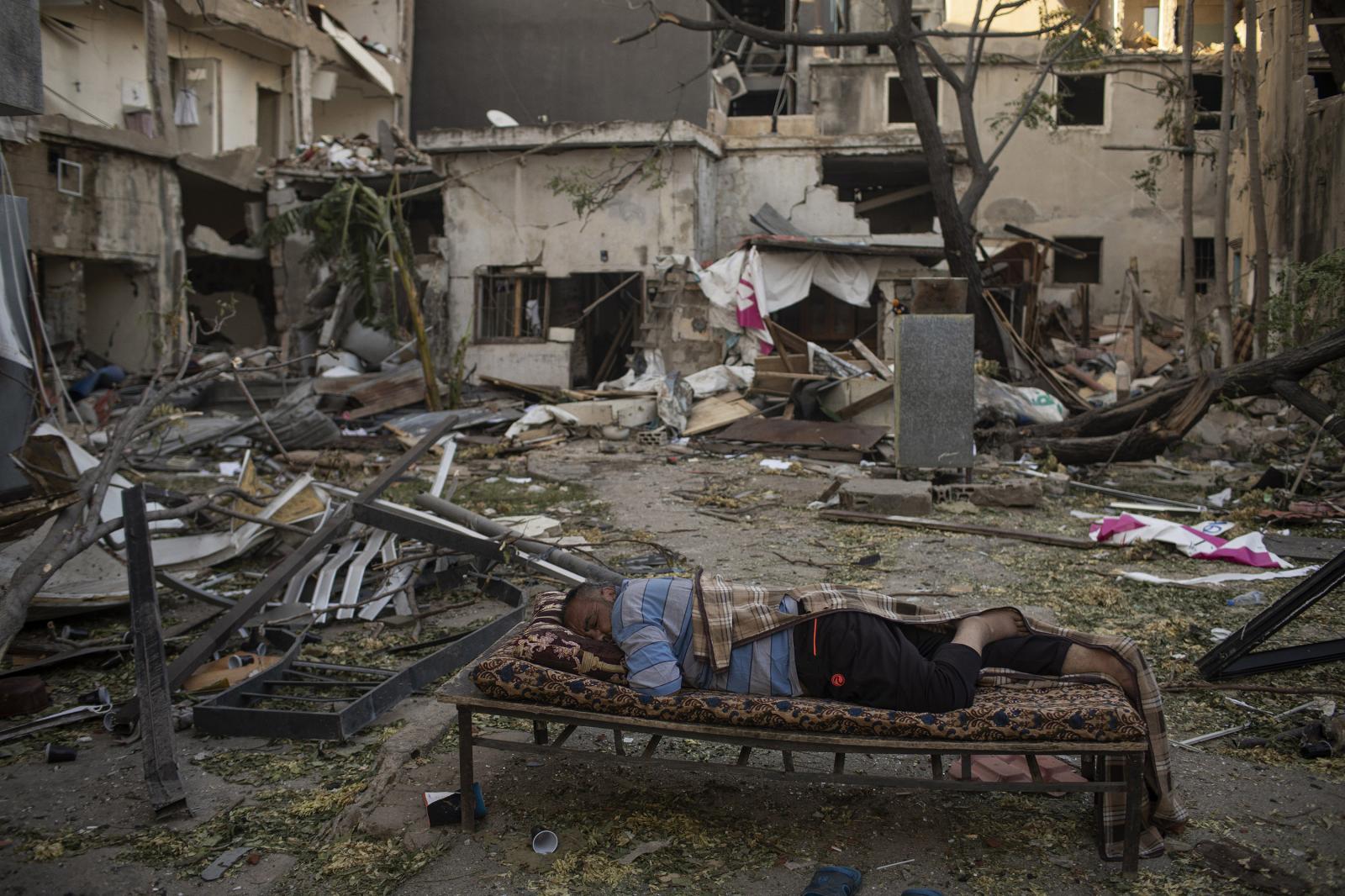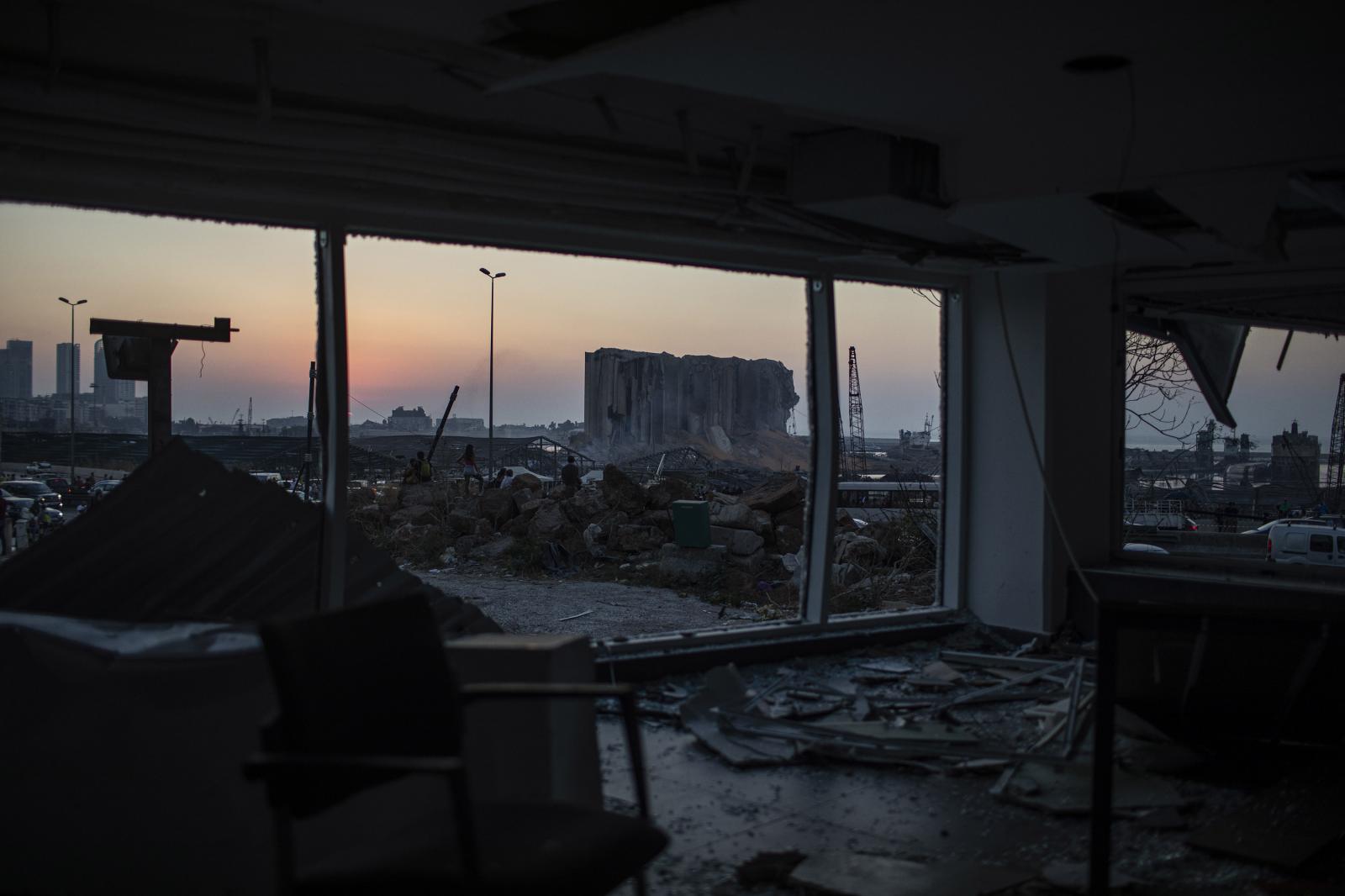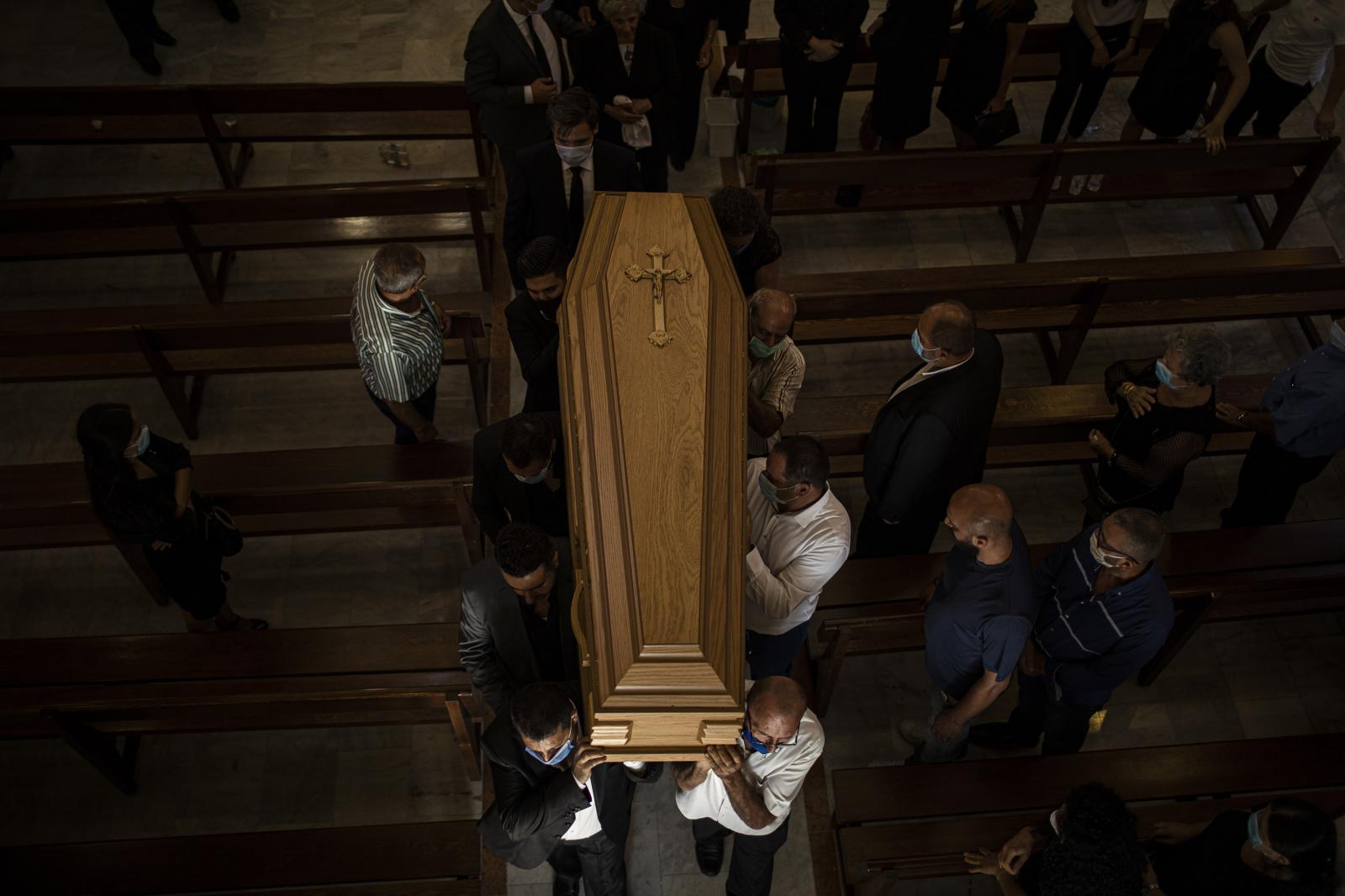Public Story
NYT: Beirut: 06:08 pm aftermath
A cataclysmic blast in Beirut, Lebanon's capital, is poised to send an economy already deep in crisis hurtling toward a dangerous unknown
On the afternoon of 4 August 2020, two explosions occurred at the port of the city of Beirut, the capital of Lebanon. The second explosion was extremely powerful, and caused almost 200 deaths, 6,000 injuries, and US$10–15 billion in property damage, leaving an estimated 300,000 people homeless
In the past year, a breakdown in the country's banking system and skyrocketing inflation had triggered mass protests. Even before the Covid-19 pandemic hit, the World Bank projected that 45% of people in Lebanon would be below the poverty line in 2020. Lebanese government declared a two-week state of emergency in response to the disaster. In its aftermath, protests erupted across Lebanon against the government for their failure to prevent the explosions, joining a larger series of protests which have been taking place in the country since 2019.
On 10 August 2020, Prime Minister Hassan Diab and the Lebanese cabinet resigned due to mounting political pressure that was exacerbated by the event.
This work has been produced for THE NEW YORK TIMES
https://www.nytimes.com/2020/08/04/world/middleeast/beirut-lebanon-explosions-photos.html?action=click&module=RelatedLinks&pgtype=Article&fbclid=IwAR3ROwvZm6vVjMci7-z35cAhvN7XnD4PfhUOVPmI5HtHns-UCddAPQi2YAw
https://www.nytimes.com/2020/08/14/world/middleeast/lebanon-beirut-explosion-hezbollah-shiites.html
https://www.nytimes.com/2020/08/11/world/middleeast/lebanon-government-resigns-explainer.html
https://www.nytimes.com/2020/08/07/world/europe/lebanon-catastrophe-explosion-external-interference.html
https://www.nytimes.com/2020/08/12/world/middleeast/beirut-cancer-chemotherapy.html
https://www.nytimes.com/2020/08/10/world/middleeast/beirut-explosion-us-contractor.html?action=click&block=more_in_recirc&impression_id=b84bea00-db9e-11ea-8f37-5d1d89e8746b&index=0&pgtype=Article®ion=footer
https://www.nytimes.com/2020/08/09/world/middleeast/beirut-explosion-victims-neighborhoods.html?fbclid=IwAR3aMgNFRorhy-mTzFlruyjFaVMa7v4Uyw74vQ5mHsArBlpWKyxIw25B3Jg
https://www.nytimes.com/2020/08/07/world/europe/lebanon-catastrophe-explosion-external-interference.html
https://www.nytimes.com/2020/08/13/world/middleeast/lebanon-parliament-emergency.html


























